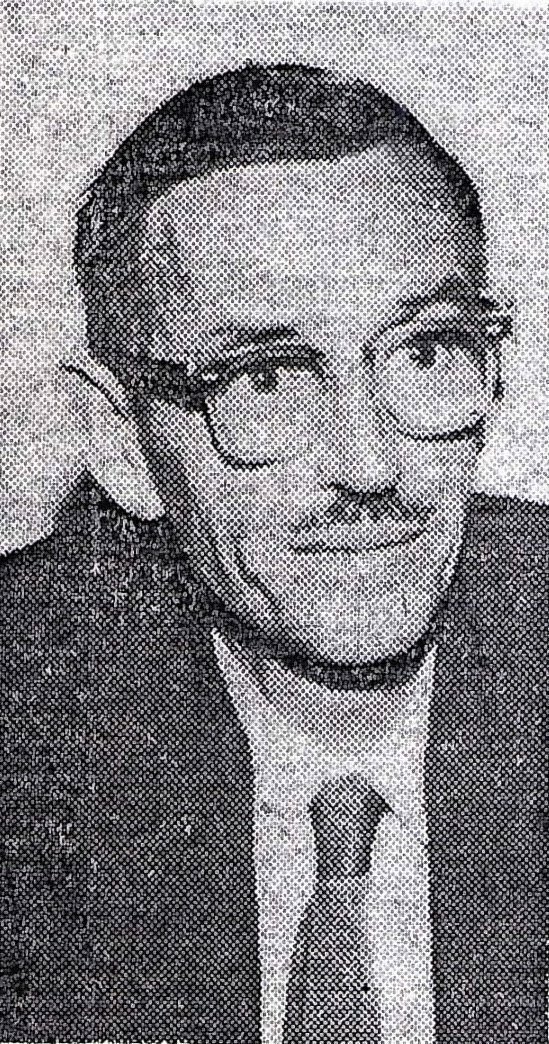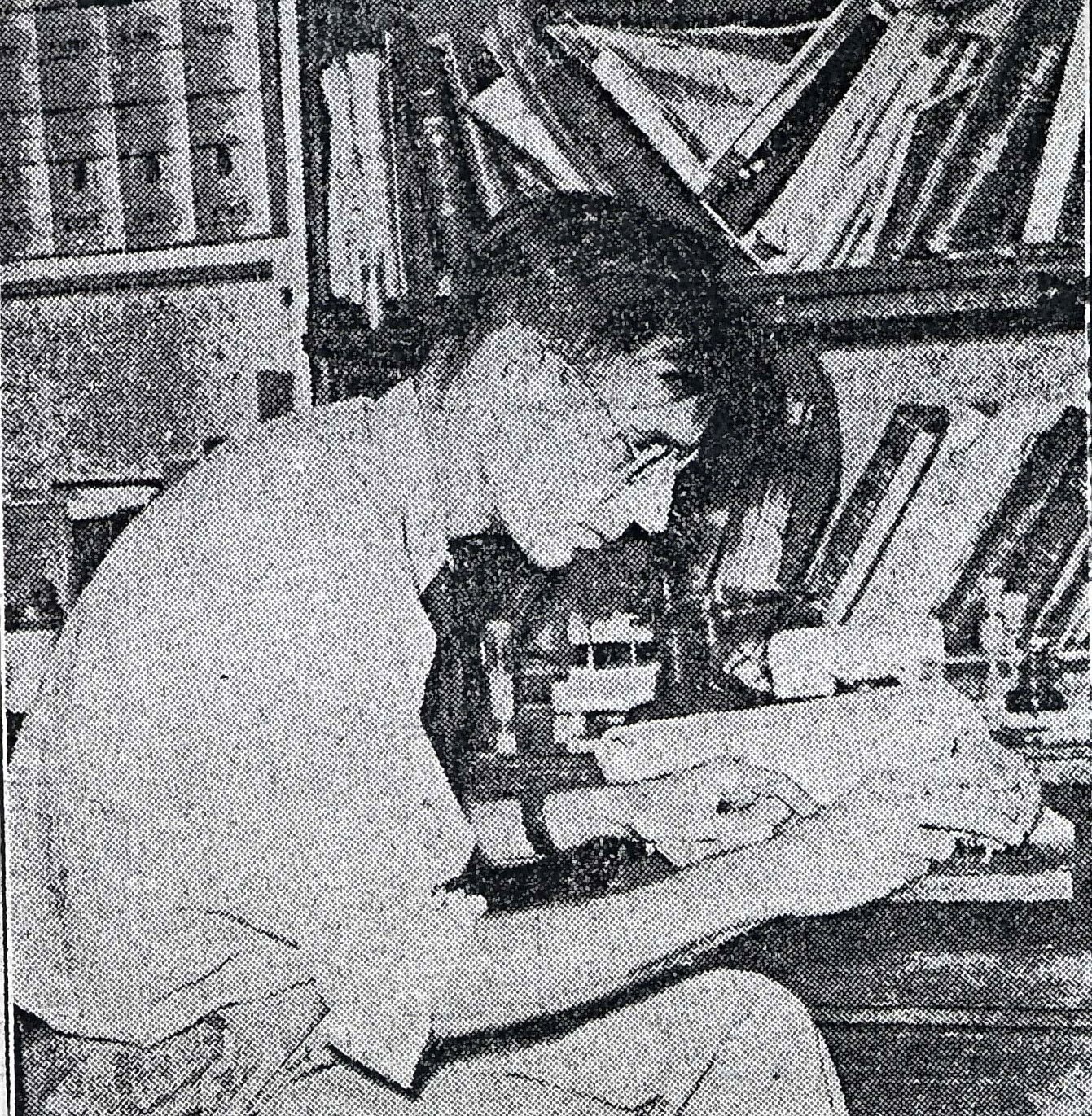The Lunz Executive Committee (Excom)
meets via Zoom the third Thursday of the month (except June) at 7 pm
Interested Lunz Group members are invited to attend. For more information, please email lunzgroup1970@gmail.com
Chair: Christine von Kolnitz
Vice-Chair and Membership: Pat Luck
Treasurer: Jeanne Sears
Conservation: [Position open - please apply!]
Progams: Nina Fair
Political: [Position open - please apply!]
Publicity: Laura Moses
Lunz Letter Editor: Alec Cooley
Outings and Webmaster: Starr Hazard
Who was G. Robert Lunz, Jr.?

The Berkeley, Charleston, Colleton and Dorchester County Sierra group was named in honor of Dr. Robert Lunz. Who was Robert Lunz and what were the accomplishments that led him to be honored in this way?
Robert Lunz was born in Charleston on Feb. 27, 1909, the son of George Robert Lunz and Minnie Whilden Lofton Lunz of McClellanville. Robert, Sr. was an industrial plant superintendent. Minnie was active in church work. Robert Jr. married Elsie Melchers and they had a daughter, Betsy.
Robert Lunz, Jr. gained national recognition as a marine biologist in the early 1930’s, shortly after graduation from the College of Charleston where he received the bachelors and masters degrees in science. He began his work in the research and collection of marine crustacea, the field in which he was to become internationally known. In 1936 he was honored with having a new species named for him , Pinninza lunzi. This crab was one of five species discovered by Dr. Lunz throughout his career.
In 1937, the United States Navy asked Dr. Lunz to make a study of the bottom fouling of vessels in warm water. In conjunction with this study, Lunz built a special laboratory at the Charleston Museum, which was first marine biological laboratory south of Maryland. When Bear’s Bluff Laboratories were established in 1948, Lunz was named director and published a pamphlet on clams, the first of a long series of documents concerning S.C. marine resources.

From the beginning of his marine studies, Dr. Lunz warned of the possible harmful effects of chemicals on wildlife, particularly on oysters and shrimp. In 1943, he sounded the first major warning in South Carolina against misuse of the state’s estuarine areas. He also warned then that the state sturgeon population was nearly extinct and that shrimp and oysters would follow unless rigid laws were enacted and enforced. He collaborated on a report on the state’s marine fishery resources in 1944, the first time an attempt was made to analyze the entire system.
Beginning in 1959, and until his death Dec. 18th 1969, Dr. Lunz was director of the S.C. Wildlife Resources Department’s (DNR) Commercial Fisheries Division and Bear's Bluff. Dr. Lunz was a strong advocate for the protection of natural areas and advocated extensive study of marine resources so that protective legislation might result.
The Robert Lunz Group of the South Carolina Chapter of the Sierra Club and all other Sierra members continue to honor a man who spent his life in research and advocacy for South Carolina marine resources.
Adapted from the Obituary page of the Charleston Post and Courier Dec. 18, 1969.
Land Acknowledgement
We want to acknowledge that we, the Robert Lunz Group of the Sierra Club (Berkeley, Charleston, Colleton and Dorchester Counties), work and live on lands once belonging to more than a dozen distinct groups of Native Americans whose existence is now evident in the familiar place names including: Ashepoo, Awendaw/Sewee, Bohicket, Catawba, Combahee, Coosa, Edisto, Etiwan, Kiawah, PeeDee, Shem (named by Sewee Tribe), Stono, Wando, Wappoo, Wassamasaw and Winyah. Disease, warfare and displacement led to the extinction of most of these groups by the middle of the eighteenth century. Shell mound evidence indicates that Native Americans were present in the lowcountry as long as 4,000 years ago. Their presence has continued to the present day including the Catawba, PeeDee, Wassamasaw, Edisto and Winyah tribes. The Wassamasaw have applied for Federal recognition. The Catawba Nation is the only Federally recognized tribe in South Carolina. A Native American Ceremonial Center is located in the Charles Towne Landing State Historic Park.
Sources
https://www.sciway.net/hist/indians/geo.html
https://www.ccpl.org/charleston-time-machine/first-people-south-carolina-lowcountry